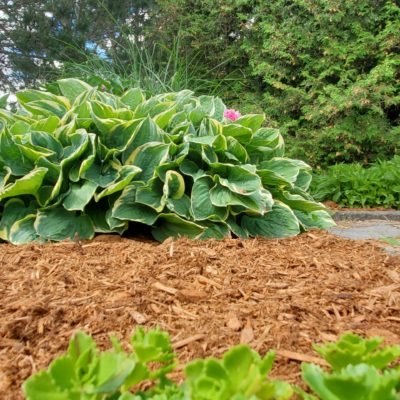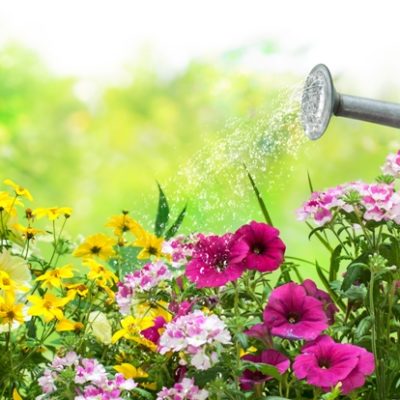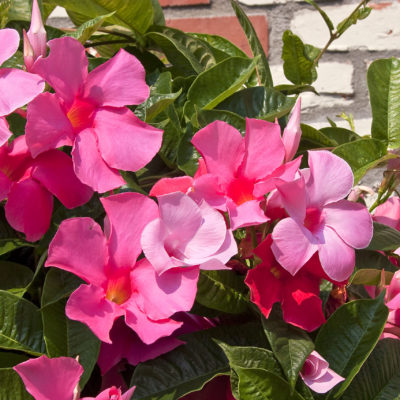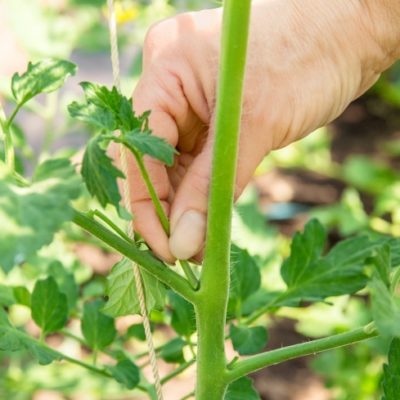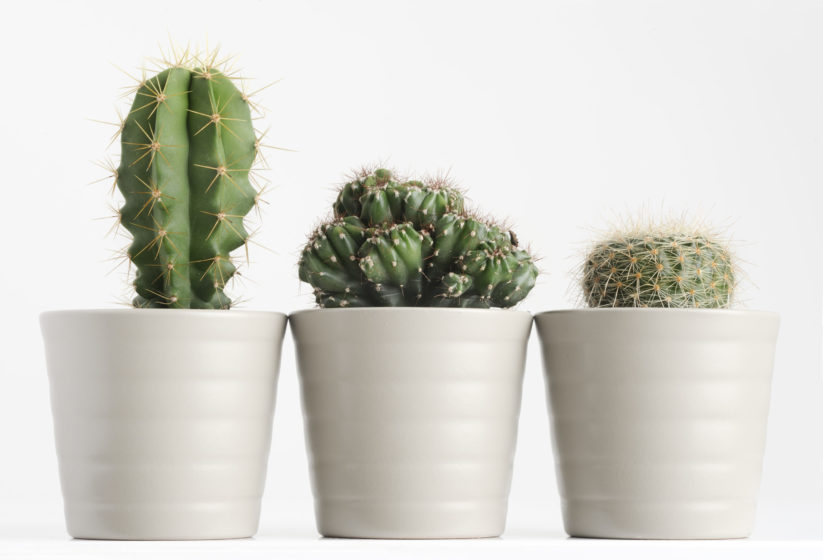
Success with Cacti & Succulents: Care and Propagation
Having a piece of desert beauty in the home and office is something very special. We are reminded of dry, hot weather, otherwise known as the opposite of a Canadian winter. But if these plants are so alien to our climate, can they really survive and thrive in the average home north of the 49? Of course they can! Just follow these basic guidelines and you’ll be living in a desert oasis in no time:
Light & Location – Both cacti and succulents need at minimum 4 hours of bright, direct sunlight per day, but more is better. A south or west facing window is perfect for them, or an insulated sunroom. They can stay outdoors for July and August, but you’ll have to introduce them to the elements slowly or else they’ll get sunburnt and stressed.
Temperature – Average home temperatures, between 18 to 20°C, are just fine. Cacti and succulents can tolerate as high as 32°C or as low as 15°C, but you’ll have to tweak your watering schedule.
Water – Being desert dwellers, cacti and succulents are built for arid situations; this means letting them dry out very well between waterings. Your watering schedule will determine on the size of plant, as well as temperature as you’ll need to water less often in cooler areas. Water each pot thoroughly and deeply, ensuring that water comes out the bottom of the pot (you may have to run the water through a few times, since the soil will be so dry that any liquid can run right off the surface). The guide below can give you a general idea of when and how much to water.
Cacti and Succulent Watering Guide
1” to 3” pots: 1/4 cup of water every 10 to 14 days.
6”-10” pots: About 4 to 6 cups of water monthly.
12”+ pots: Depending on variety, water monthly from March to November with 2 to 3 litres of water. Some large cacti go dormant from November to March and will need very little water, while others may only need watering every 6 to 8 weeks.
Dish Gardens: Water all around the pot, hitting every plant and ensuring that water does not build up on the bottom if there’s no drainage hole!
The most common issue for cacti and succulents is over-watering!
Never allow your plants to sit in water, which can lead to root rot. And always make sure that they dry out very well between waterings – you want the soil to be very light and breaking away from the pot before giving them a deep drink. When it comes to watering desert plants, if you can’t remember the last time you watered them, wait another week.
Fertilizer – Twice a year, once in spring and once in summer, with either cactus-specific fertilizer or all-purpose fertilizer used at half-strength. Yup, that’s it, no more than that. Cacti and succulents are so slow growing they’ll never use the nutrients except during their “high growth” seasons.
Pruning – Cut your cacti and succulents when they get too tall, too leggy, or become so top heavy they risk falling over (helpful tip: never catch a falling cactus). Always use a sharp, clean knife or pruners. The cut will bleed white sap which contains latex which is toxic, so that old saying of drinking from a cactus when you’re stuck in the desert is a big fat lie! The cut will scab over, and future branches or “arms” will appear at the site…eventually…could take a few years.
Propagation – And what to do with these random cacti and succulent limbs? Why, grow more of course! Most cacti are grown from cuttings, giving them a head start than if you tried starting them from seed (which can take years to grow just one inch). To propagate a cactus:
- Lay your cuttings on layers of newspaper and place them in a warm room with indirect light.
- After 8-12 weeks the cutting will have formed a hard, white callous.
- Fill your pot with cactus soil (part potting soil, part sand for extra drainage) and pot up the cutting callous-down but careful of the spines! Barbeque tongs are very helpful at this point, as is the back of a tablespoon for packing down the soil around the cutting to keep it upright.
- Water your cutting well, letting it dry very slightly until the cutting starts to root out which could take 12 to 24 weeks. After that, you can let it dry out very well just like the rest of your desert plants.
To propagate succulents, follow the same steps but in quicker succession (they don’t take nearly as long as cacti). It’ll take less than a month for succulent callous, and around 8 to 12 weeks for them to root out. Some succulents, including haworthia, aloe, and agave, have no tall limbs to cut, but they can have their side shoots or “pups” removed and planted.
Another helpful tip: this may not work. Seriously, sometimes you’ll do everything right and by the book and the plant will still refuse to try. But you tried, and that’s what matters.

